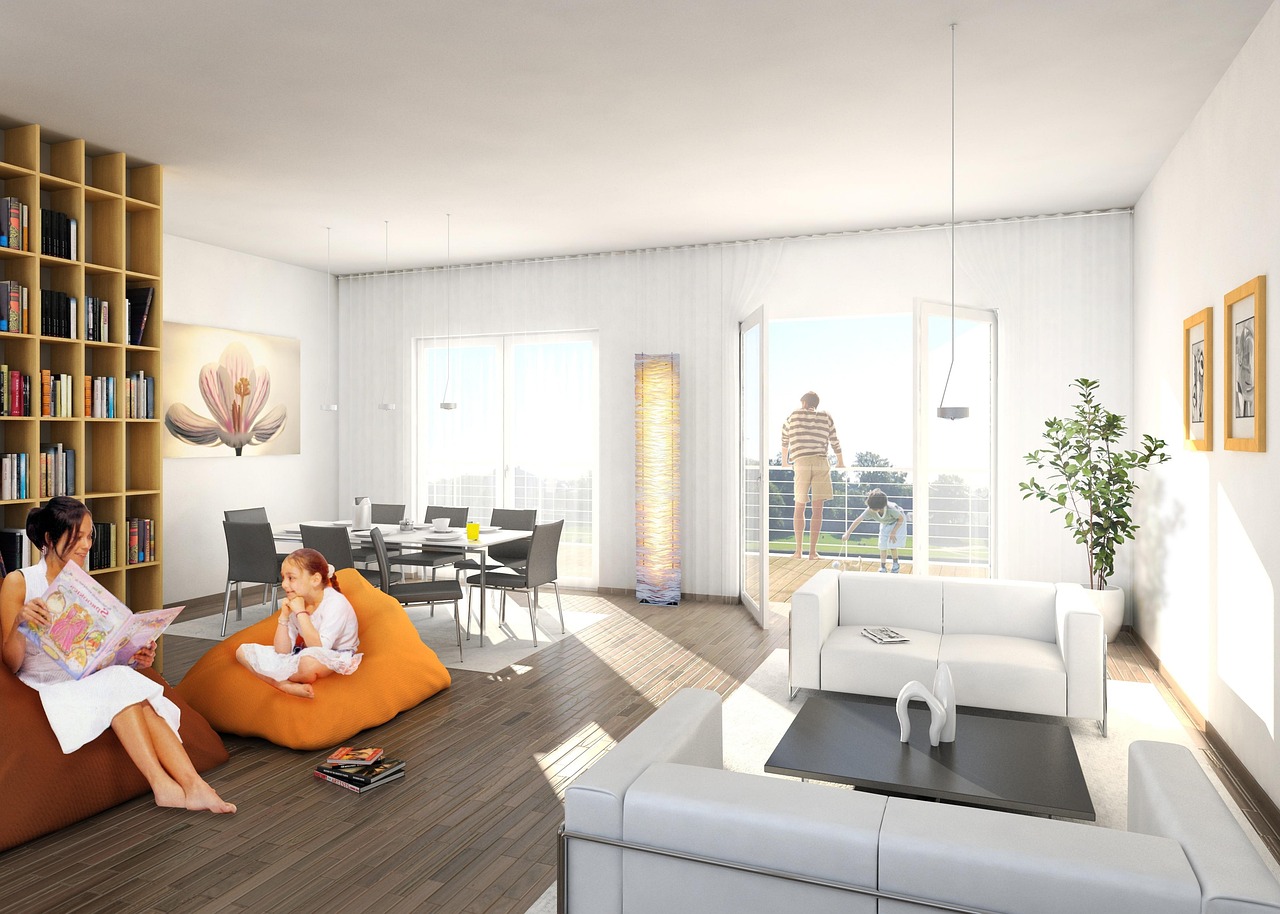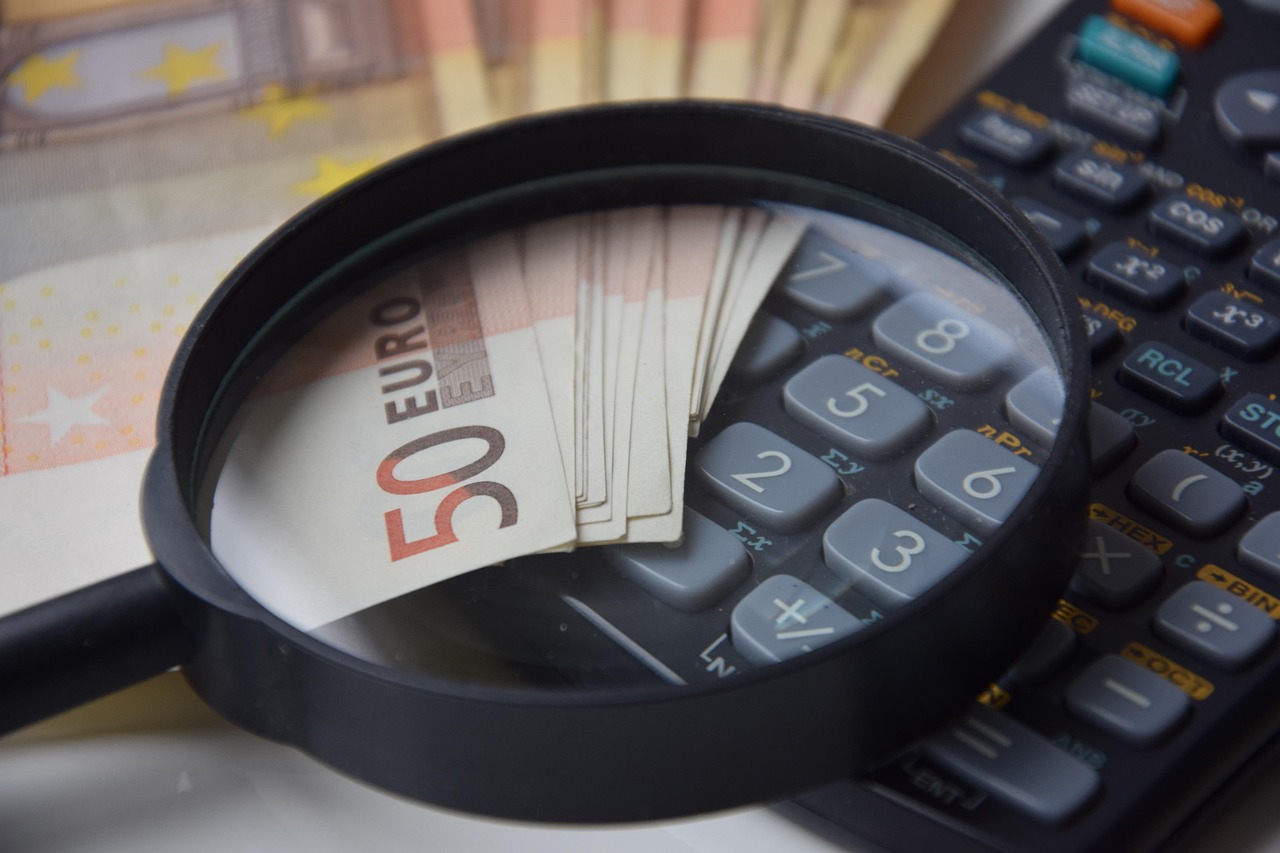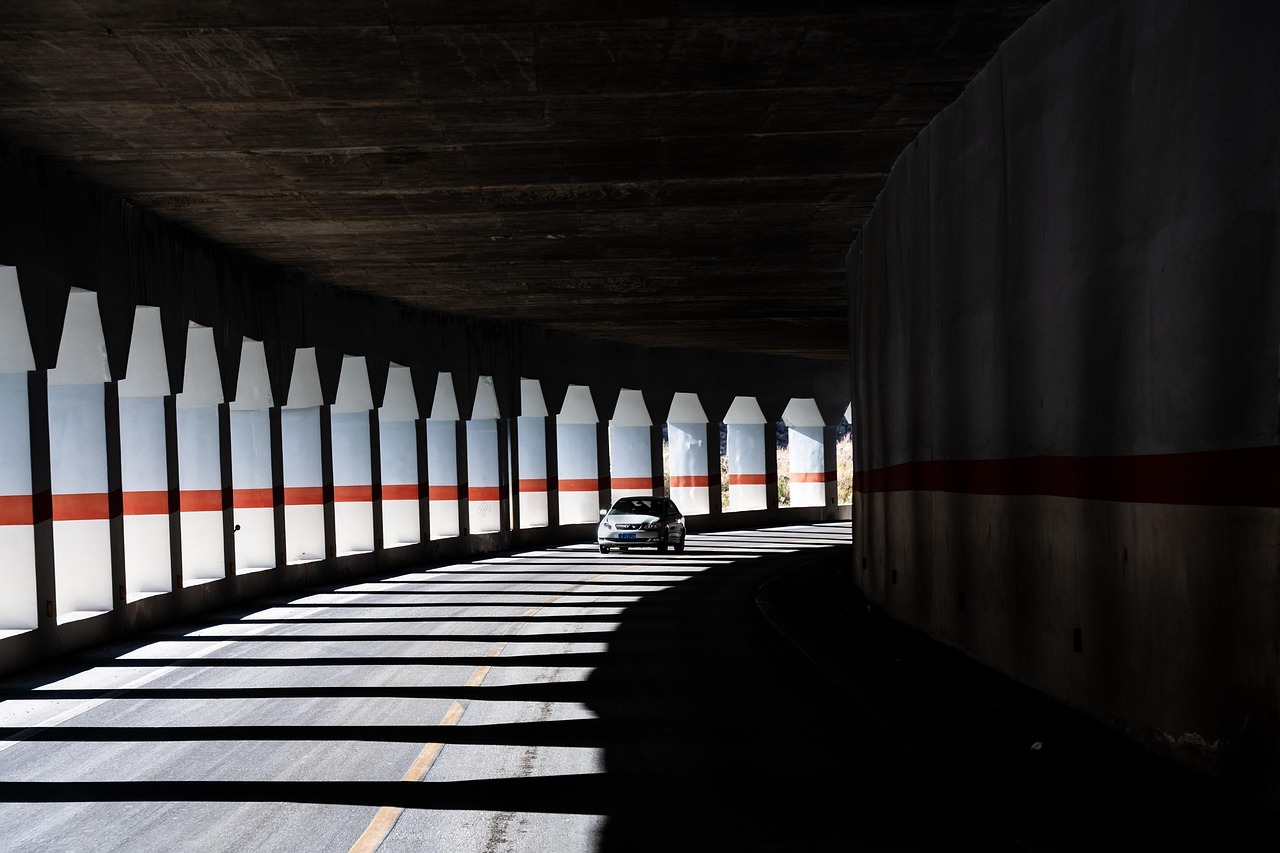NFT-Verified Architectural Designs: A New Frontier in Digital Ownership and Creativity

In recent years, Non-Fungible Tokens (NFTs) have revolutionized the digital art domain, providing a unique avenue for artists to authenticate and monetize their work. Now, this blockchain-based technology is making inroads into the world of architecture, offering new possibilities for design verification, ownership, and intellectual property management. As NFTs continue to evolve, they are poised to redefine the architectural landscape, facilitating a more secure and transparent exchange of creative works.
Architectural designs, traditionally viewed as complex, tangible assets, are now being digitized and tokenized. This transformation is driven by the need for a more robust method of protecting intellectual property rights in an era where digital duplication is rampant. NFTs offer a promising solution by providing an immutable, verifiable record of ownership and authenticity, stored securely on blockchain platforms.
One of the most significant advantages of using NFTs in architecture is the ability to authenticate original designs unequivocally. In a globalized world where architectural plans can be shared and altered with ease, ensuring the integrity of the original design is paramount. NFTs can serve as digital certificates of authenticity, ensuring that architects receive proper recognition and compensation for their work.
The implementation of NFT-verified architectural designs is gaining traction globally. For instance:
- In the United States, forward-thinking architects are exploring NFT technology to license their designs, providing clients with a verifiable proof of authenticity.
- European architectural firms are collaborating with blockchain companies to develop platforms that allow for the secure sale and transfer of digital design assets.
- In Asia, governments are considering the integration of NFTs in public infrastructure projects to ensure transparency and accountability in design processes.
Despite its promising potential, the integration of NFTs in architectural design is not without challenges. Legal frameworks governing digital assets are still evolving, and there is a need for clear guidelines to manage intellectual property rights effectively. Furthermore, the environmental impact of blockchain technology, particularly in terms of energy consumption, remains a concern that needs addressing to ensure sustainable practices.
From a technical standpoint, the use of NFTs in architecture requires a solid understanding of blockchain technology and its implications. Architects and designers must familiarize themselves with digital asset management, smart contracts, and the nuances of NFT marketplaces. This knowledge is crucial not only for protecting their creative works but also for engaging effectively with clients and collaborators in a digital-first world.
Looking ahead, the adoption of NFTs in architectural design is likely to stimulate innovation and creativity within the industry. By providing a secure platform for the exchange of ideas and designs, NFTs can encourage more collaborative projects and cross-border partnerships. Moreover, they offer architects a new revenue stream by enabling the sale and licensing of digital blueprints and design concepts in a decentralized marketplace.
In conclusion, NFT-verified architectural designs represent a significant step forward in the intersection of technology and creativity. As the industry continues to embrace digital transformation, NFTs offer a promising path towards more secure, transparent, and innovative architectural practices. By leveraging blockchain technology, architects can not only safeguard their intellectual property but also explore new possibilities for creative expression and collaboration in the digital age.














